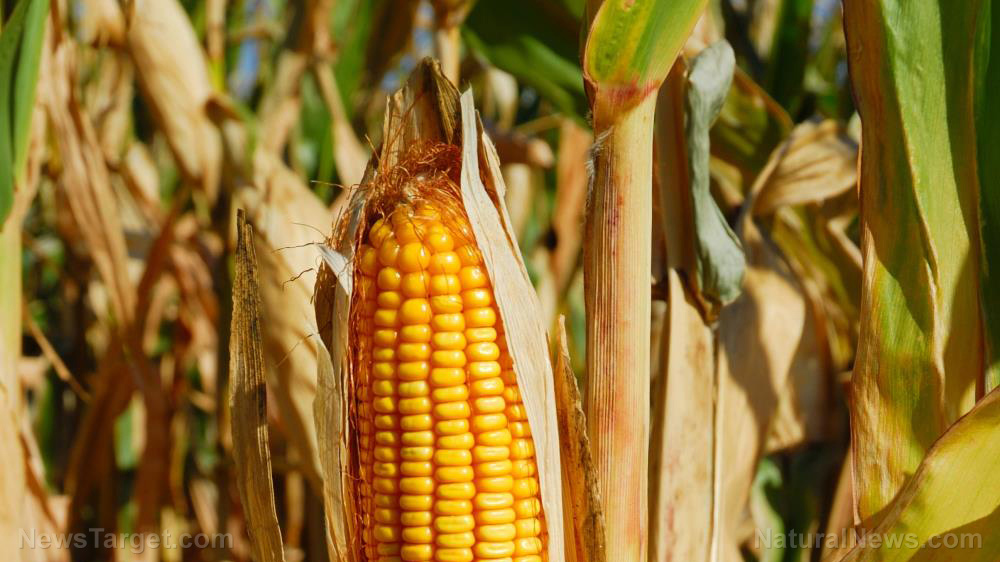
- Converting forests to agricultural or urban land near streams increases nitrogen and sediment runoff, harming aquatic ecosystems and raising water treatment costs. The study predicts significant declines in drinking water quality by 2070 without intervention.
- Nitrogen (from fertilizers) and sediment (from eroded soil) strain water treatment systems, particularly in small communities, leading to higher costs and potential rate hikes. Urban impermeable surfaces and agricultural runoff exacerbate pollution.
- Excess nitrogen from agriculture fuels toxic algal blooms and "dead zones" (e.g., Gulf of Mexico), linked to synthetic fertilizer use and drainage systems. Historic practices like tile drainage worsen nitrogen leakage into waterways.
- Mitigation strategies include precision fertilizer use, woodchip bioreactors and saturated riparian buffers (e.g., a 95% nitrogen reduction in Iowa). Farmer adoption is key but limited by funding; federal/state incentives are needed to scale conservation practices.
- Policymakers must prioritize forest retention near watersheds and balance development with conservation. Climate change (heavier rains, warmer temps) may worsen runoff, demanding faster action on federal targets like the Gulf Hypoxia Task Force’s goals.
Study confirms urbanization and farm expansion threaten waterways
NCSU researchers used the Soil and Water Assessment Tool to map potential land-use changes until 2070, focusing on 15 water intake sites. Their simulations showed that stripping forests for farms or cities triggers a spike in nitrogen and sediment runoff, two pollutants long tied to water contamination. "When we lose forest cover, we see both [nitrogen and sediment] increasing," Martin explained, highlighting how agriculture’s heavy fertilizer use and urban impermeable surfaces exacerbate the issue. Sediment gains momentum as rainwater—no longer absorbed by soil—sweeps silt into streams, while nitrogen from fertilizers leaches into groundwater, flowing with drainage water. Both pollutants strain water treatment facilities, forcing costlier filtration systems for algae control and clearer drinking water. For small towns, these expenses could translate to steep rate hikes. "These areas are also more likely to see increased development," Martin warned, as open land draws new housing or farms, creating a cycle of dwindling forests and degenerating water.Nitrogen’s toxic legacy: A century-old problem revisited
The NCSU study echoes long-standing concerns about nitrogen’s environmental toll. As Dr. Dan Jaynes, an ARS soil scientist, has documented, nitrogen surplus in U.S. agriculture traces to the Green Revolution’s push to boost yields via synthetic fertilizers. "In soils where water drains slowly, farmers installed drainage tiles to carry soil water away faster," Jaynes said. But this practice funnels nitrogen-laden water to rivers and coastal zones. The results are dire: Excess nitrogen fuels algal blooms that create "dead zones," oxygen-starved areas where marine life suffocates. Since 2019, NOAA has warned of a Gulf of Mexico dead zone rivaling Massachusetts in size—a crisis scientists link to nitrogen runoff from the Mississippi River Basin. "Nitrogen is the nutrient least available to algae in coastal salt water," Jaynes noted, explaining why Midwestern agriculture’s nitrate-heavy drainage spurs these zones.Solutions on the ground: From bioreactors to buffer strips
Despite the challenges, researchers offer hope. Jaynes’s work emphasizes that no single fix exists but champions integrated approaches. "In-field practices such as precision fertilizer use are critical," he said, but "edge-of-field" innovations like woodchip bioreactors or saturated riparian buffers also trap nitrogen before it enters waterways. One project near Iowa’s Rock Creek installed a Saturated Riparian Buffer (SRB), reducing tile-drain nitrogen by 95% in one year. Farmers are receptive. "They recognize that reducing runoff improves soil health," Jaynes observed, though many lack resources to adopt measures like SRBs or restored wetlands. Federal and state funding, he stressed, must complement conservation incentives to make these practices affordable. "Every farmer must participate," he added, referencing the Mississippi River/Gulf Hypoxia Task Force’s 2035 goal: shrinking the Gulf’s dead zone to 5,000 km² while cutting nutrient loads by 20%.Policy and the path forward: Balancing growth and conservation
The NCSU study urges policymakers to focus land-use decisions near critical watersheds. Martin emphasized that development and agriculture "are beneficial" but require "conversation" to prioritize forest retention. Georgia and Alabama, home to this study’s watershed, face pressure to balance growth with conservation—a tension mirroring national debates over the Clean Water Act and funding for USDA conservation programs. "The clock is ticking," Martin said, noting that climate change may multiply runoff risks. Warmer temperatures and heavier rains could amplify sediment loads and nitrogen losses, overwhelming already stressed systems. The Task Force’s 2025 nitrogen/phosphorus reduction target remains unmet, underscoring the need for federal mandates or incentives to scale proven practices.A crossroads of values and waterways
The NCSU study crystallizes a pivotal moment for U.S. land and water policy. As forests retreat before crops and subdivisions, the interplay of nitrogen, sediment and urbanization spells trouble for drinking water and marine ecosystems. Yet solutions exist—if implemented. From bioreactors to smarter fertilizer use, tools already in circulation could curb these pollutants, though their adoption hinges on farmer support and political will. "We need to change how we think about development," Martin remarked, framing the issue as a choice between progress and preservation. The Chattahoochee’s fate—like that of countless American watersheds—may rest on that choice. Sources for this article include: ScienceDaily.com EurasiaReview.com EurakAlert.org ARS.USDA.govShocking study reveals cell phone radiation causes BLOOD CLUMPING in minutes
By Ava Grace // Share
Ultraprocessed foods linked to early Parkinson’s symptoms, study warns
By Cassie B. // Share
“Hell’s Kitchen”: Unveiling the hidden crisis of obesity, diabetes and metabolic syndrome
By Belle Carter // Share
Empowering health journeys: “The Wellness Self-Care Handbook” offers a lifelong guide to well-being
By Belle Carter // Share
Bulgur: An ancient grain that supports a healthy heart and digestion
By lauraharris // Share
Shocking study reveals cell phone radiation causes BLOOD CLUMPING in minutes
By avagrace // Share
Ukraine parliament ratifies U.S. minerals deal after bitter Trump-Zelensky clash
By isabelle // Share
Ultraprocessed foods linked to early Parkinson’s symptoms, study warns
By isabelle // Share
China’s ‘meltdown-proof’ thorium reactor could ignite clean energy revolution
By ljdevon // Share









